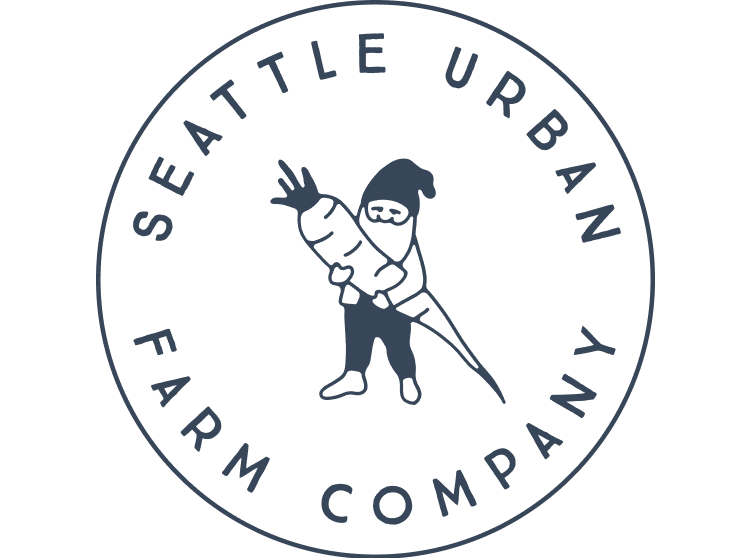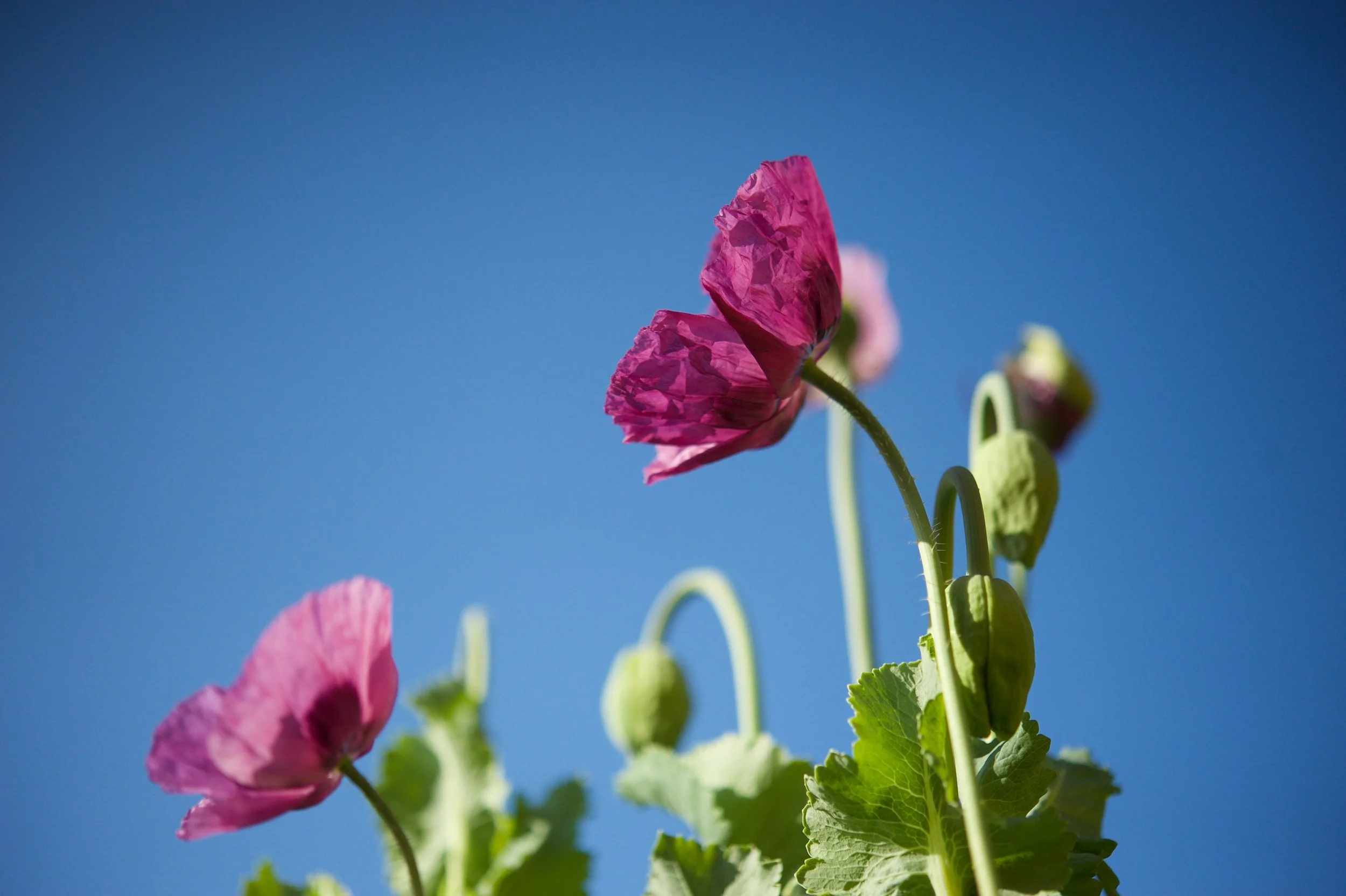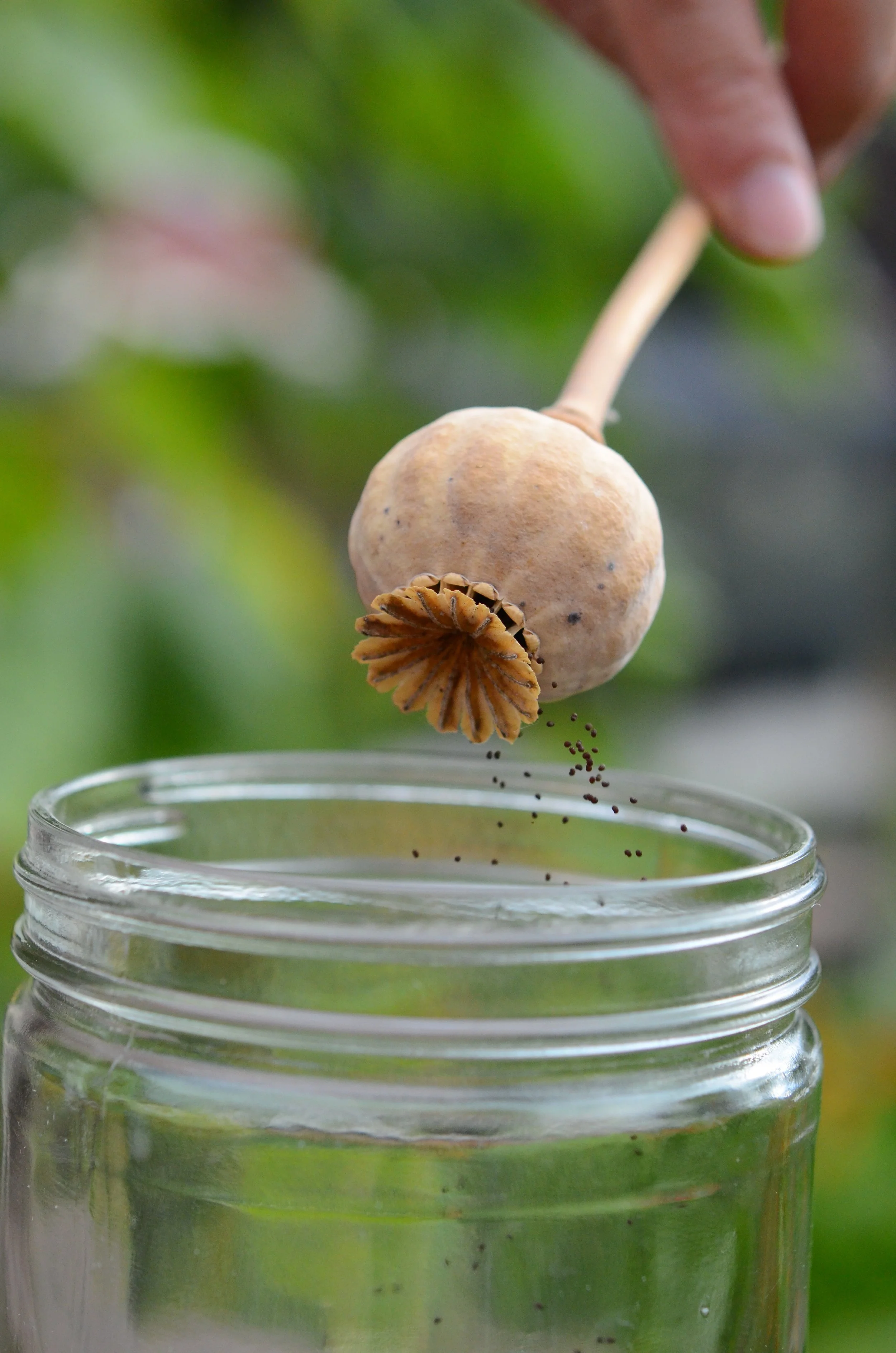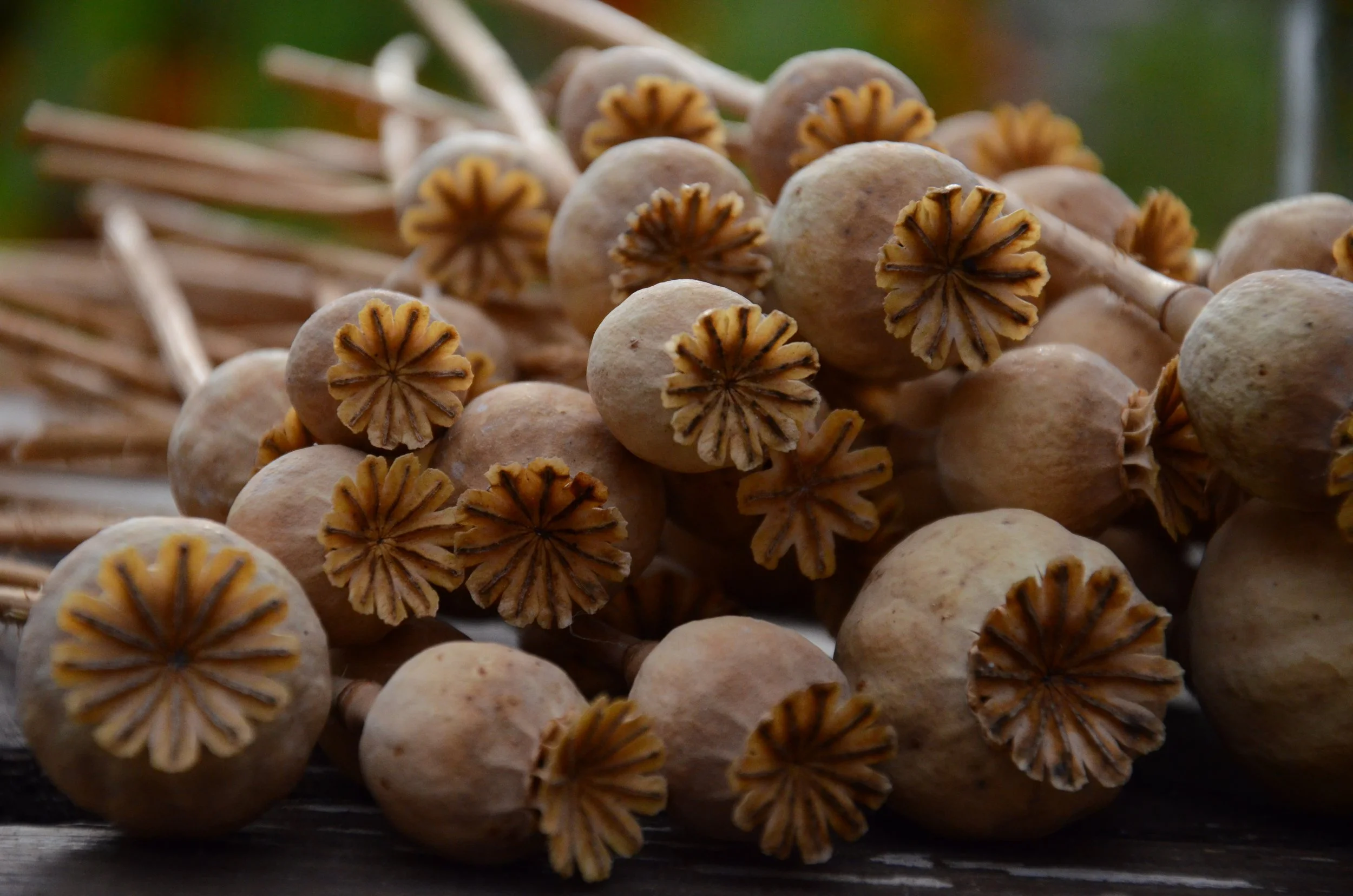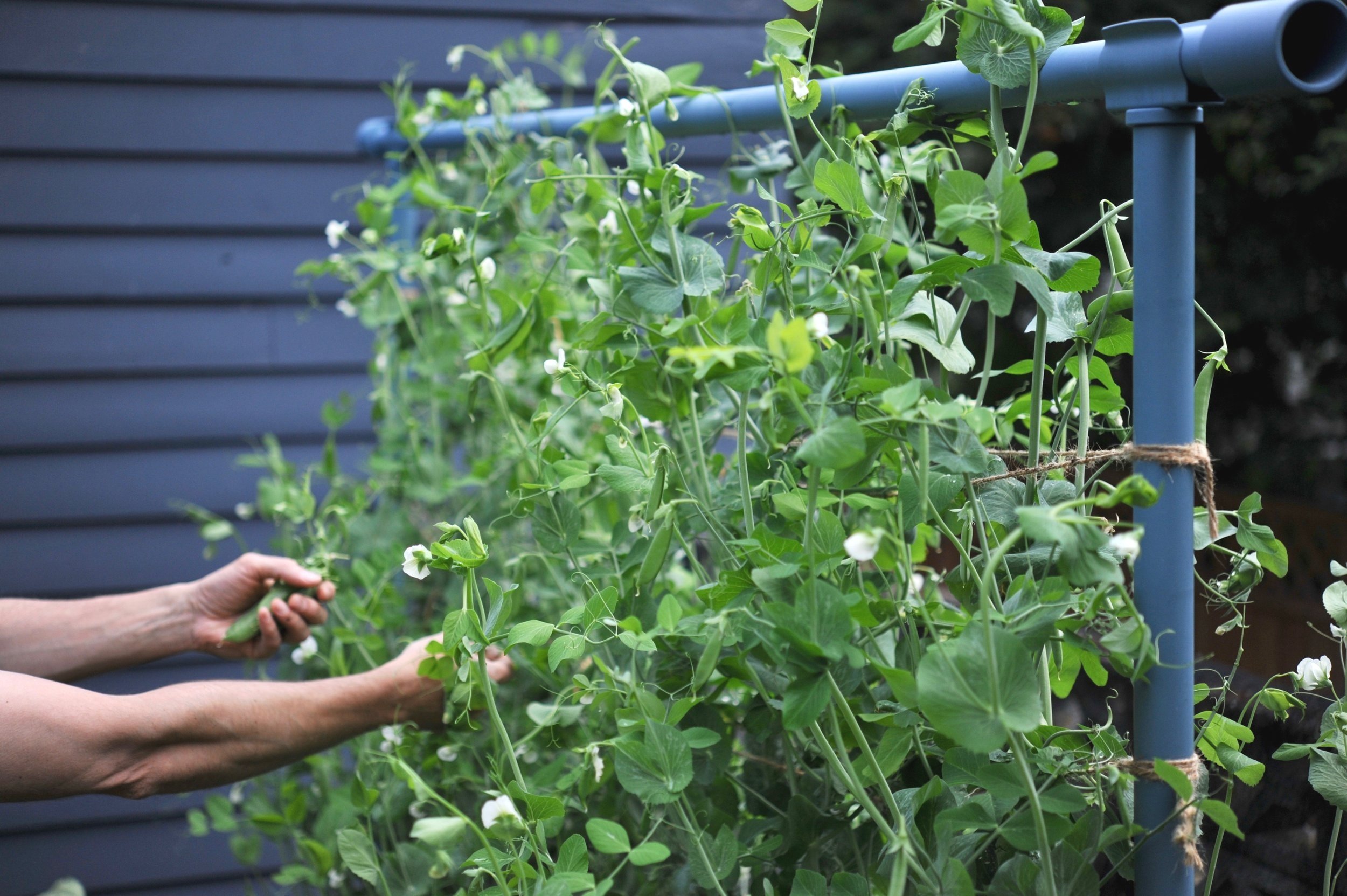Poppies are one of the easiest—and most rewarding—flowers you can grow. Their delicate petals and vibrant colors add whimsical charm to any garden. The best part? They thrive with very little fuss, as long as you plant them the right way.
Choose the Right Time
Poppies prefer to start in cool weather.
Best time to plant: fall or very early spring
Poppy seeds require a period of cold to germinate and grow, so they generally do best when planted in the late fall or early spring. Ultimately, where you live will determine the best planting time for your poppies. Here are some general guidelines:If you live in Zone 6 or warmer, you might have the best luck preparing your growing area in the fall and sprinkling the seeds (poppies prefer to be direct seeded into the garden). They will germinate in the early spring.
If you live in Zone 5 or colder, sow the seeds in the soil as soon as you can work it in the spring. Poppies are very cold tolerant, and can handle frost and even some snow, so don't stress about the temps dropping again.
Prep the Soil Lightly
Poppy seeds need light to germinate, so skip the deep digging.
Just rake the soil to loosen the top layer and remove any big clumps.
They love well-drained soil
Full sun gives the best blooms (think 6 hours minimum!)
Sow the Seeds on the Surface
Poppy seeds are tiny—almost dust-like—so scatter them lightly across the soil.
Don’t cover them with soil; just press them gently so they make contact.
For even spacing, many gardeners mix seeds with a bit of sand before spreading.
Water Gently
Keep the soil lightly moist until seedlings appear. If you live in an area where the ground is under snow, or you get lots of rain, don’t worry about supplemental water!
After they sprout, they’re quite drought tolerant and prefer not to be overwatered.
Let Them Naturalize
Once poppies bloom, let some of the seed pods dry out naturally.
They’ll drop seeds on their own and return year after year with little effort from you.
Harvesting poppy seeds:
If you’re growing poppy varieties with edible seeds, such as Hungarian breadseed or Pepperbox poppies (Papaver somniferum), you can harvest the familiar edible seeds often used in baking. Here's how:
Wait for the pods to dry naturally
After the flowers fade, the pods will swell and turn from green to a pale tan or light brown.
They should feel dry and firm—almost like a tiny rattle when you shake them.
Cut the pods and collect the seeds
Snip the pods from the plant and tip them upside down over a bowl.
Tiny blue-gray seeds will pour out through the natural openings at the top.
Store them for baking or planting
Let the seeds dry completely, then keep them in an airtight jar.
They’ll stay fresh for many months and can be used for cooking—or saved to plant again next year.
Use the dried pods
Keep the dried pods!
They’re gorgeous and can be used in floral arrangements, wreaths, or craft projects.
